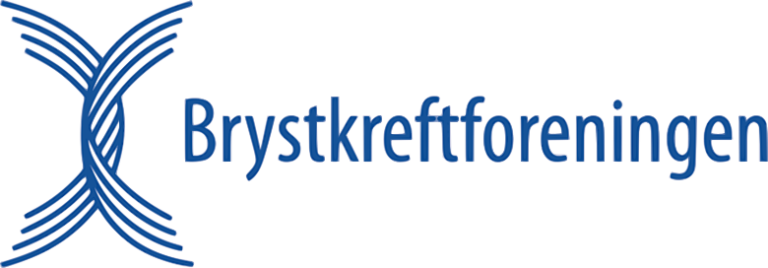Even though Mammography screening is and has been very successful, still some challenges exist regarding the radiological interpretation of images from dense breasts. High density of the breast can mask tumors and reduce the sensitivity of mammography. Other studies have shown that women with dense breasts are at higher risk for being diagnosed with interval cancers in comparison with women with fat-rich breasts. Interval cancers have been described as more aggressive and faster growing than breast cancers that are diagnosed through the regular screening program. In order to improve the radiological interpretation of dense breasts ultrasound (UL) has been combined with mammography, through this combination the sensitivity for detecting pathological lesion sin dense breast has been increased from 48% (MX) to 78% (UL + MX). To detect pathological lesions in the rest (22%) of the cases other modalities have been developed like contrast enhanced digital mammography (CEDM). Although UL gives more information compared to MX alone, UL has limitations like reproducibility and user dependency as well. Because of the limitations of UL and the problems with radiological interpretation of dense breasts, the Norwegian Breast cancer group (NBCG) approved the use of CEDM for use in these patients. October 2011 the first CEDM analysis was performed at the breast diagnostic center, SUH, this was the first of its kind in the Nordic countries. Although several other centers have started to use CEDM as well, still not all centers apply the technique. As a quality control, we now want to investigate whether the use of CEDM has improved the radiological diagnosis of breast cancer. We want to answer the following hypotheses:
Hypothesis 1
CEDM has the same or better diagnostic accuracy compared to MX or UL.
- We will investigate whether UL has revealed any lesions in cases where CEDM could not find any lesion.
- We will investigate whether UL has detected lesions that remained undetected by CEDM in patients with an increased hormonal loading.
- We will investigate whether CEDM results in the same diagnosis as UL in patients with known breast cancer.
Hypothesis 2
CEDM has a higher sensitivity and specificity for the detection of DCIS compared to MX.
Hypothesis 3
The use of CEDM is more patient friendly due to improved and more efficient workflow at radiology departments, it is also time saving.

Contrast Enhanced Digital Mammography (CEDM) makes breast tumors more visible on mammograms . Illustative picture made by Siri Fagerheim, Emiel Janssen and Håvard Søiland.
PI: Siri Fagerheim, Stavanger University Hospital, siri.fagerheim(a)sus.no.
















